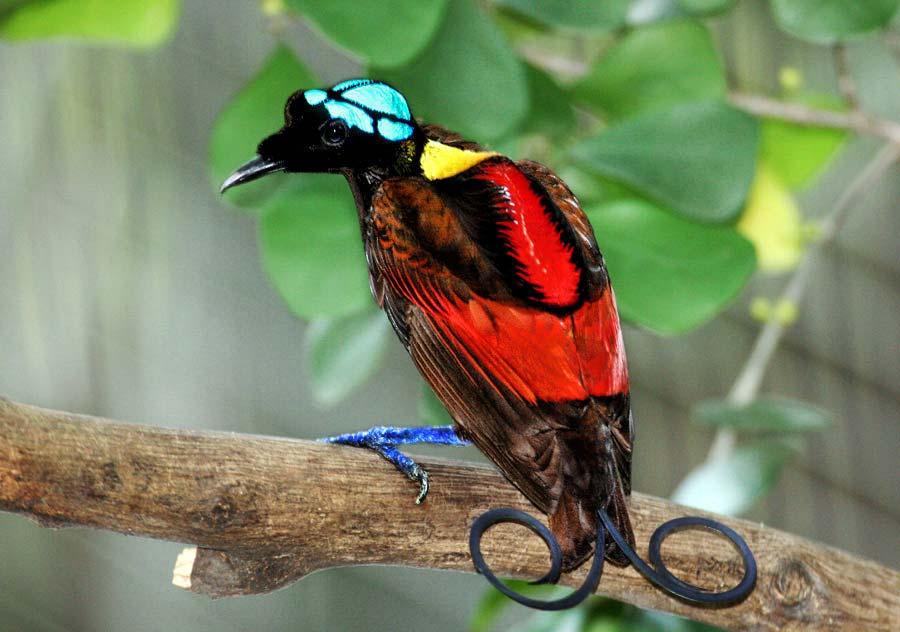Birds come in all shapes and sizes, and each one of these creations of nature has a distinguishing quality that tends to set them apart. While some of them tend to boast a striking plumage, there are others that possess long beaks. Here are the five most beautiful birds that display gorgeous tail feathers.
1.Wilson’s bird-of-paradise (Cicinnurus respublica)
Some birds don’t need to stun with their spectacularly colorful tail feathers; they can just charm the bird watcher’s eye with their uniquely styled tail. An Indonesian endemic, Wilson’s bird-of-paradise is found in the hill and lowlands of rainforests of Waigeo and Batanta Islands off West Papua, notes Beauty of Birds.
Serhanoksay/CC BY-SA 3.0






